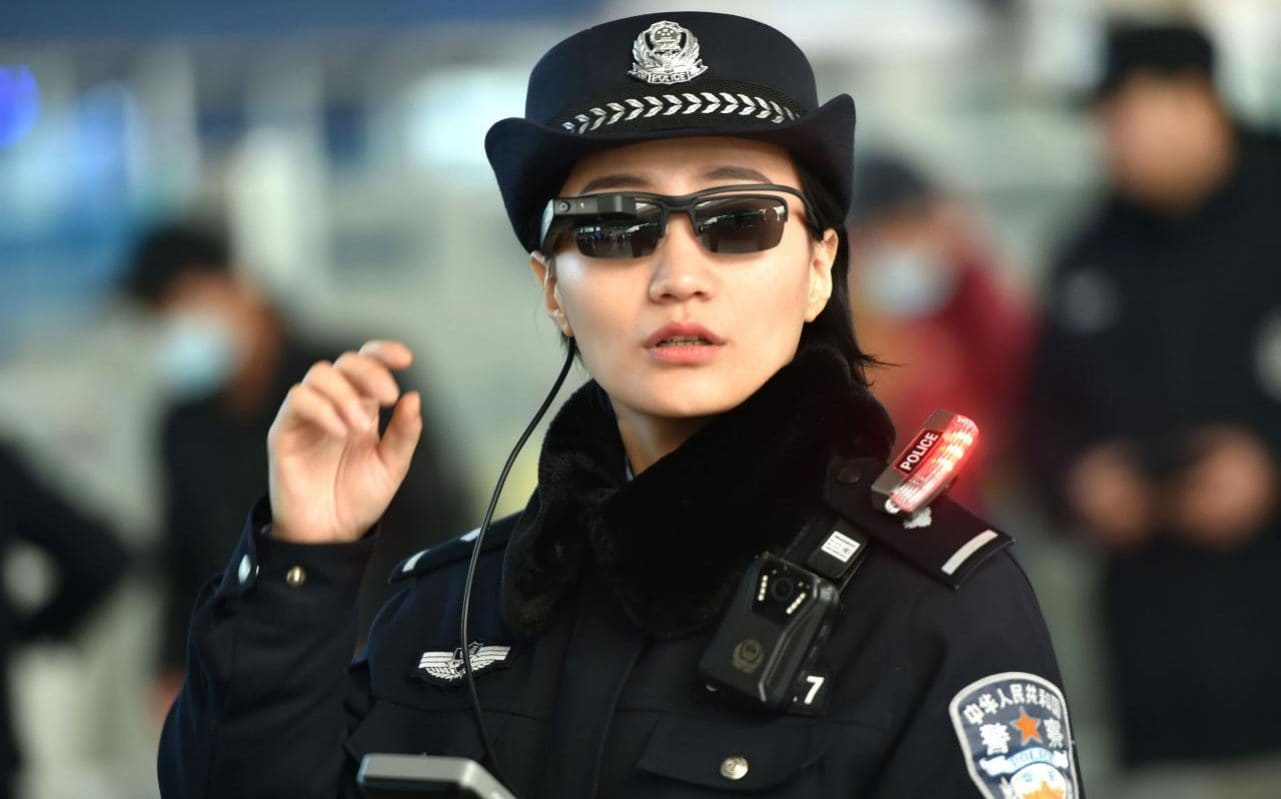Army researchers have developed an artificial intelligence and machine learning technique that produces a visible face image from a thermal image of a person’s face captured in low-light or nighttime conditions. This development could lead to enhanced real-time biometrics and post-mission forensic analysis for covert nighttime operations.
Thermal cameras like FLIR, or Forward Looking Infrared, sensors are actively deployed on aerial and ground vehicles, in watch towers and at check points for surveillance purposes. More recently, thermal cameras are becoming available for use as body-worn cameras. The ability to perform automatic face recognition at nighttime using such thermal cameras is beneficial for informing a Soldier that an individual is someone of interest, like someone who may be on a watch list.
The motivations for this technology—developed by Drs. Benjamin S. Riggan, Nathaniel J. Short and Shuowen “Sean” Hu, from the U.S. Army Research Laboratory—are to enhance both automatic and human-matching capabilities.









